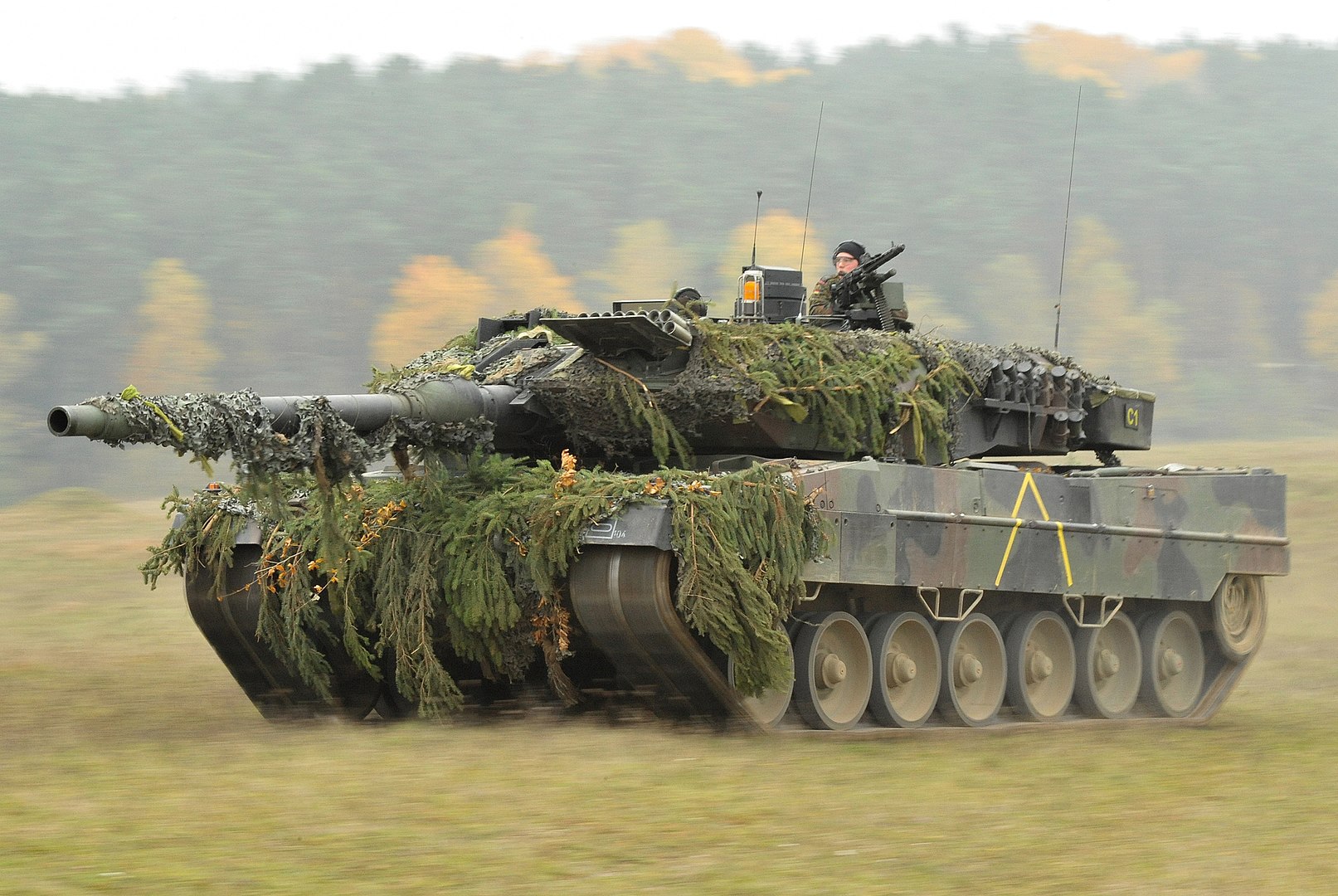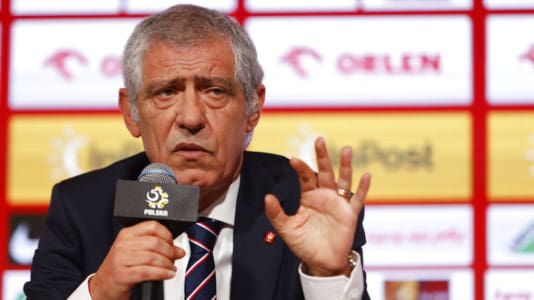After weeks of deliberations, German Chancellor Olaf Scholz has decided to send a squadron’s worth of Leopard 2 main battle tanks to Ukraine. At the same time, the United States announced it would send Abrams tanks as well, with both moves seen as a dramatic escalation to the conflict.
The Germans are reportedly handing over a squadron of Leopard 2A6 tanks, which amounts to 12 to 14 vehicles. There are currently seven versions of the tank, but the A6 has been produced in the largest numbers.
“Such deliveries do not bode well and will certainly leave a mark on the future of German-Russian relations,” Hungarian news agency MTI quoted Russian presidential spokesman Dmitry Peskov as saying when asked how they would react if Germany handed over its Leopards.
The very fact that Germany said yes is a major breakthrough, although the small number of tanks will obviously not mark a decisive turning point in the war. The Ukrainians themselves have asked for several times that, up to 500 tanks — a far cry from what Germany is currently willing to offer. However, the precedent could open the way for many more tanks to flow to Ukraine.
Der Spiegel reports that Scandinavian allies are also considering sending their own Leopard tanks. Sweden, Finland, Norway, and Denmark have the tank model in their armory. Earlier, Denmark, Finland, Norway, Spain, and Portugal also indicated they would join such an initiative.
Just on Tuesday, Warsaw said it had sent a formal request to Berlin for permission to transfer its Leopard 2s to Ukraine. According to German legislation on military exports, it is not possible to transfer armored vehicles abroad to a third country without the permission of the German federal government.
Meanwhile, U.S. officials say they plan to send the M1 Abrams. No exact number or date of delivery was yet available, but it could take months before the weapons are delivered and soldiers are properly trained on them before they reach the front lines.
Modern Western battle tanks have so far not been delivered because of the extreme difficulty of logistics, maintenance, and training. In addition, the possibility of the advanced weapon systems falling into Russian hands is not a negligible concern.
However, defense companies and officials are also motivated to test these tanks in the field against Russian technology. The Abrams and Leopard tanks are widely seen as superior to anything Russia has in its tank arsenal. The Russians mainly use older T-72s and T-90s, but there are many more of them. On their own and in such numbers, the Western tanks offered to Ukraine will not be a game changer. But for Western backers of Ukraine, the advanced tanks may still shift the war in favor of Ukraine.
Earlier this month, British Prime Minister Rishi Sunak promised 12 Challenger 2 tanks to Ukraine. If anything, this will complicate logistics even further: While most NATO countries’ main battle tanks (including the Leopard 2) have 120 mm smoothbore cannons, which can use standard NATO ammunition, the Challengers’ 120 mm cannons have rifled barrels, which can only fire proprietary ammunition.





